
The most important advantages of using creatine
Creatine is a supplement particularly well-known to athletes and physically active people. It exhibits many beneficial properties for increasing the condition of the body. How to take it? What effects can be counted on? How does creatine help? It’s time to learn about the most important advantages of taking this substance.
What is creatine? A word of introduction about this compound
Creatine is often associated with a substance that athletes reach for to improve the body’s condition. First, however, it is worth knowing precisely the properties of this dietary supplement and simply knowing what you are taking.
Creatine is among some of the more well-known supplements in the world. Its enduring popularity dates back to the 1990s when it was noted that taking this substance has a noticeable effect on improving athletic performance. As a result, it is usually used by people who train professionally. It is a compound that occurs in the form of beta methylguanidinoic acid and is built from three amino acids: glycine, methionine, and arginine.
It is worth noting that creatine occurs naturally in the human body but tiny amounts. Thus, producing the substance on its own does not allow to increase in fitness visibly. Thus, the implementation of supplementation turns out to be a good and – above all – safe idea, which is worth considering a lot of training.
-
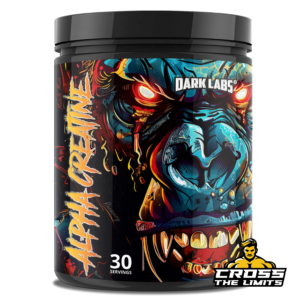 Dark Labs ALPHA CREATINE 30 SERVINGS£36.73
Dark Labs ALPHA CREATINE 30 SERVINGS£36.73 -
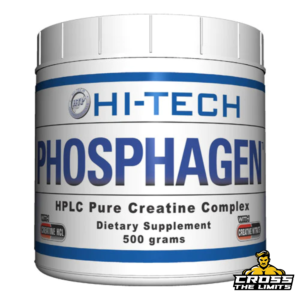 Hi-Tech Phosphagen Pure Creatine Complex 500g£35.35
Hi-Tech Phosphagen Pure Creatine Complex 500g£35.35 -
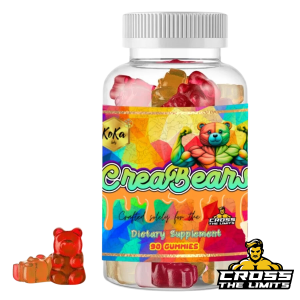 Ko-kalabz CreaBears 90 Gummies Bears 4 Creatine Stack£22.72
Ko-kalabz CreaBears 90 Gummies Bears 4 Creatine Stack£22.72 -
Product on sale
 Centurion Labz Warpath 90 CapsulesOriginal price was: £49.46.£44.08Current price is: £44.08.
Centurion Labz Warpath 90 CapsulesOriginal price was: £49.46.£44.08Current price is: £44.08. -
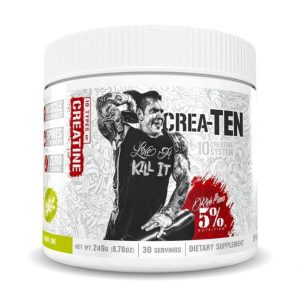 5% Nutrition CREA-TEN 10-IN-1 CREATINE: LEGENDARY SERIES 249g£30.75
5% Nutrition CREA-TEN 10-IN-1 CREATINE: LEGENDARY SERIES 249g£30.75 -
 ATP Force 300g£32.06
ATP Force 300g£32.06 -
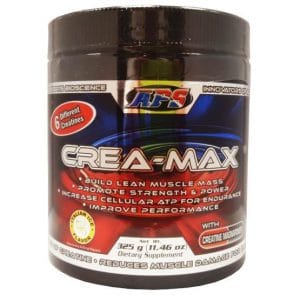 CREA-MAX 325 G£24.91
CREA-MAX 325 G£24.91 -
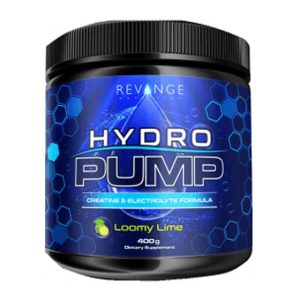 Revange Nutrition Hydro pump 400 g£23.51
Revange Nutrition Hydro pump 400 g£23.51
A little history, or where the substance came from
The term creatine originates in Greek from the word “areas”, which means “meat”. This historical fact is of no minor importance in understanding the properties of this compound, as it affects, among other things, increased muscle growth. Considerable amounts of creatine can also be found in meat foods (including poultry, beef and pork).
As mentioned earlier, the incredible popularity of creatine began in the 1990s. That’s when the supplement spread worldwide – it especially found recognition in sports circles. However it was available as early as the 1960s, but at that time, no one knew about its favourable properties on the body’s functioning.
It is worth noting that its invention took place as early as the 19th century. French chemist Michel Eugène Chevreul first described it in 1832 and recognized it as one of the elements found in skeletal muscle. As it later turned out, creatine is also stored in tendons.
What effects does creatine have? What effects can be expected from the implementation of supplementation?
The properties of creatine are pretty universal, making it applicable to people who train in various sports – endurance and speed. It supports protein synthesis in the body, which allows you to build muscle mass faster. Creatine is also considered a great source of energy. It influences the restoration of ATP so that energy is delivered to muscle cells more efficiently and stored in them longer. People take this supplement to notice that they can perform more repetitions or series during training.
Every physically active person knows that proper recovery after training is one of the more critical elements affecting better results. Creatine also participates in this process by allowing tissues to recover faster after exercise.
In summary, regular intake of creatine contributes to:
- increase muscle mass,
- increase endurance,
- increased strength,
- improving recovery processes.
The best creatine – what types can be distinguished?
People just beginning to be interested in supplementation may feel a bit lost. Creatine is available in stores from many manufacturers in different weights and forms. However, the most important are its types. Among the most popular, there are five types of this substance:
- creatine monohydrate,
- creatine malate,
- creatine citrate,
- creatine magnesium chelate,
- creatine stack.
So which creatine should you choose? For starters, go for monohydrate, which is the cheapest option. However, this does not mean its low effectiveness. This variety of creatine is considered the most versatile – it is widely available, attractively priced and produces the desired results. Other forms are an option for those already somewhat familiar with supplementation. Creatine in malate, citrate or chelate form is better absorbed. It also helps reduce water retention and support the growth of lean muscle mass. Creatine stack, on the other hand, is a combination of several types of this substance, which can bring good results. However, it is worth carefully checking the proportions of the various ingredients in this type of product.
The choice of creatine depends primarily on the customer’s requirements and budget. However, the extensive assortment allows everyone to find the perfect supplement for themselves.
Where to buy creatine?
You can look for it in the reputable dietary supplement and sports nutrition stores. However, it is worth choosing proven outlets where you can count on expert advice from salespeople. This is a guarantee of safety!
How to use creatine? Method of dosage and intake
For satisfactory results, creatine should be taken regularly for at least several weeks. A sizable number of people take breaks in the intake of this substance from time to time, but constant use has no adverse effects. The time of taking creatine is also irrelevant.
Different methods for calculating the dosage of creatine should be taken. However, no significant difference has been shown to determine better effectiveness. The most common is to take 5 grams of creatine per day or 1 gram per 10 kg of body weight.
Can creatine use cause side effects?
Creatine support during training is a big help for many people in building muscle mass and generally increasing the body’s fitness. However, is it entirely safe to take this supplement? The answer to the question is yes because the body synthesizes creatine. Following the rules of its intake and not exceeding the doses suggested by the manufacturer does not contribute to causing side effects. In case of an overdose of the supplement, diarrhoea, vomiting, and nausea may occur. However, it is worth remembering that these are very rare and result from improper product use.


